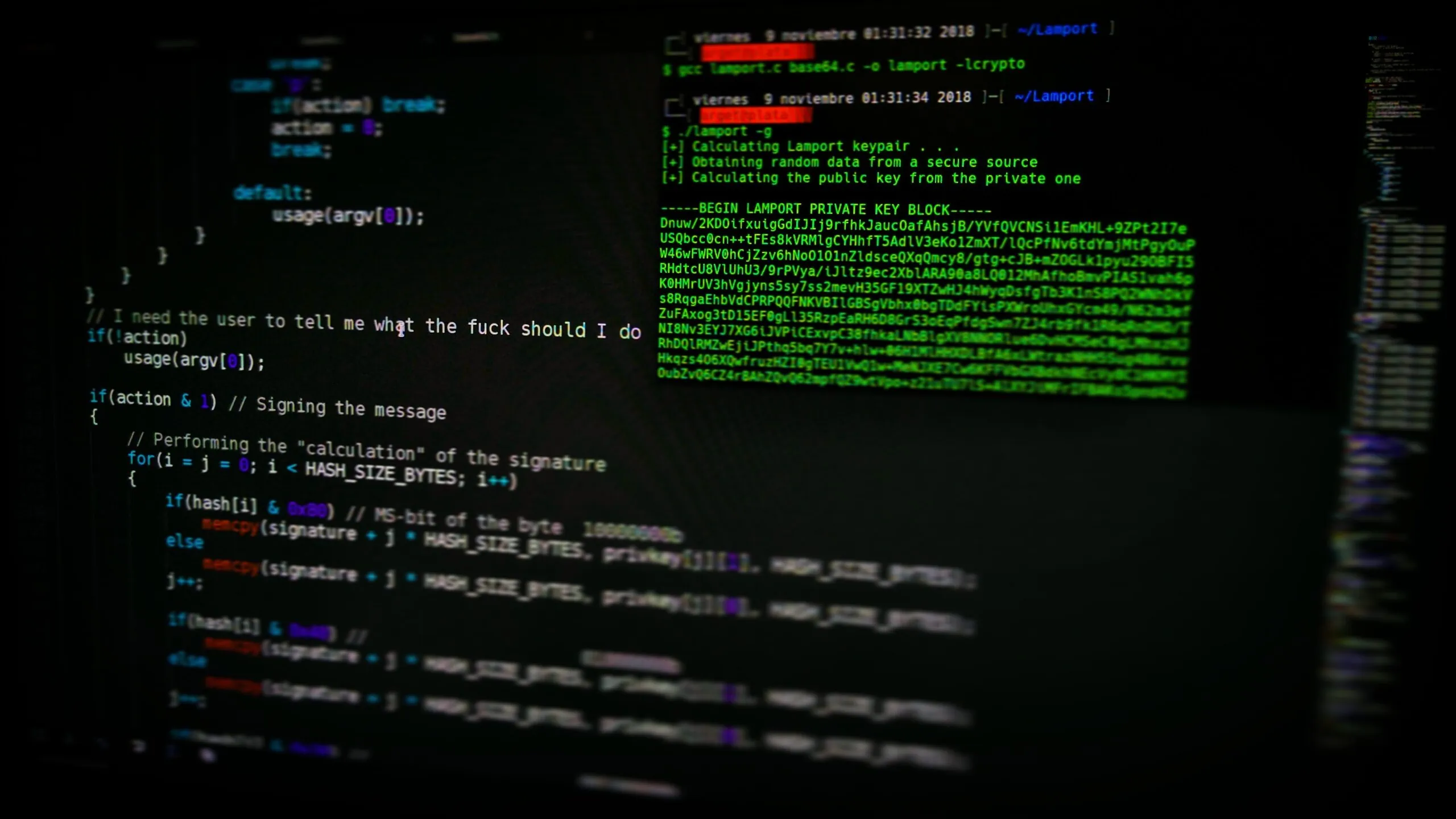Introduction: How to Detect Brute Force Attacks
How to Detect Brute Force Attacks? Brute force attacks are a common type of cybersecurity threat that can compromise your online security. In a brute force attack, hackers try to guess your login credentials by trying numerous combinations of usernames and passwords until they find the right one. If successful, this type of attack can grant the attacker access to sensitive data, personal information, financial records, and more.
Detecting a brute force attack can be challenging, but it’s essential to identify and mitigate it before it’s too late. In this blog post, we’ll discuss tips and tools that can help you detect brute force attacks and protect your online security. We’ll cover how to monitor login attempts, track suspicious activity, and use security software to strengthen your defense against these attacks. Whether you’re an individual or a business, implementing these strategies can help you stay ahead of cyber threats and safeguard your digital assets

What Is a Brute Force Attack and How Does It Work?
A brute force attack is a type of cyber attack where an attacker uses a trial-and-error method to guess a password or encryption key. This attack can be carried out manually or with the use of automated software that repeatedly tries different password combinations until it finds the correct one. This type of attack can be used against any system that requires a password, such as a website, computer, or mobile device.
Brute force attacks work by systematically trying every possible password combination until the correct one is found. This can be a time-consuming process, especially if the password is long and complex. However, attackers can speed up the process by using a list of commonly used passwords, also known as a dictionary attack. They can also use a brute force attack in combination with a dictionary attack, which is called a hybrid attack. To protect against brute force attacks, it is important to use strong, unique passwords and to enable two-factor authentication wherever possible.

Why Brute Force Attacks Are a Major Cybersecurity Threat
Brute force attacks are a significant cybersecurity threat that affects millions of computer systems and networks every year. In simple terms, a brute force attack is a hacking method that involves using a trial-and-error approach to guess passwords and access sensitive data. These attacks can be performed manually or by using software tools that automate the process. The primary goal of a brute force attack is to gain unauthorized access to a system or network by repeatedly trying different combinations of usernames and passwords until the correct one is found.
One of the major reasons why brute force attacks are so dangerous is that they are relatively easy to execute and can be carried out on a large scale. Hackers can use powerful computers and software tools to run multiple attack attempts simultaneously, increasing the likelihood of success. Brute force attacks can also be used to crack encrypted data, such as credit card numbers or social security numbers, which can be sold on the dark web for profit. As such, it is critical for individuals and organizations to implement strong passwords and authentication mechanisms to prevent brute force attacks from succeeding.

Common Targets of Brute Force Attacks and How to Protect Them
Brute force attacks are a type of cyber attack that hackers use to gain unauthorized access to systems or accounts. In a brute force attack, the hacker uses software to try different combinations of usernames and passwords until they find the correct one. There are several common targets of brute force attacks, such as login pages, administrative panels, and network devices. These targets are often vulnerable to brute force attacks because they rely on weak or easily guessable passwords.
To protect against brute force attacks, it is important to use strong passwords and implement two-factor authentication whenever possible. Two-factor authentication requires users to provide two forms of identification, such as a password and a code sent to their mobile device. Additionally, it is important to limit the number of login attempts and use CAPTCHA technology to prevent automated brute force attacks. Network devices should be configured to block login attempts from unknown sources and only allow access to authorized users. By implementing these measures, you can significantly reduce the risk of brute force attacks and protect your systems and accounts from unauthorized access.

Signs of a Brute Force Attack on Your Website or Network
If you own a website or manage a network, it is essential to know the signs of a brute force attack. This type of cyberattack involves an attacker attempting to guess your login credentials through automated means. While it may seem like a simple attack, it can cause significant damage if not detected and stopped in time.
One of the most common signs of a brute force attack is multiple failed login attempts from the same IP address. If you notice this, it could indicate that an attacker is trying to guess your login credentials using automated tools. Another sign is a sudden spike in traffic, which could mean that an attacker is using a botnet to overwhelm your website or network. If you notice any of these signs, it is crucial to take immediate action by changing your login credentials and implementing additional security measures, such as two-factor authentication. By being vigilant and taking proactive steps to protect your website or network, you can prevent a brute force attack from causing serious harm.

Tools and Techniques to Detect Brute Force Attacks
Brute force attacks are one of the most common methods used by cybercriminals to gain unauthorized access to systems and applications. To combat these attacks, it is important to have the right tools and techniques in place. One of the most effective tools for detecting brute force attacks is a log analyzer. This tool can help identify patterns and anomalies in log files that indicate an attack is taking place. Additionally, intrusion detection systems (IDS) can be configured to look for known brute force attack patterns and alert security teams when an attack is detected.
Another effective technique for detecting brute force attacks is to implement rate limiting. This technique involves limiting the number of login attempts that can be made within a specified time period. This makes it much more difficult for attackers to carry out brute force attacks as they will be limited in the number of attempts they can make. Additionally, multi-factor authentication (MFA) can be implemented to add an extra layer of security to login processes. By requiring users to provide additional authentication factors, such as a code sent to their phone or a biometric scan, brute force attacks can be much more difficult to carry out. Overall, a combination of these tools and techniques can help protect against brute force attacks and keep systems and applications secure.

Monitoring Your Network for Brute Force Attack Attempts
Keeping your network secure is crucial in today’s world. One way to do this is by monitoring it for brute force attack attempts. A brute force attack is when a hacker tries to gain access to your system by trying different password combinations until they find the correct one. This type of attack can be devastating and can lead to the loss of sensitive data.
To monitor your network for brute force attacks, you can use specialized software that tracks login attempts and identifies any suspicious activity. It is important to set up alerts so that you are notified in real-time if an attack is detected. You should also ensure that your passwords are strong and that you are using multi-factor authentication whenever possible. By taking these steps, you can significantly reduce the risk of a successful brute force attack on your network.

Conclusion: How to Detect Brute Force Attacks
How to Detect Brute Force Attacks? In conclusion, detecting brute force attacks is an essential part of maintaining the security of your digital assets. By being vigilant and proactive, you can prevent hackers from gaining unauthorized access to your systems and stealing sensitive data. It is crucial to keep an eye on your logs, monitor network traffic, and use tools such as intrusion detection systems to detect any suspicious activity.
Remember to take action quickly if you suspect a brute force attack, and be sure to report any incidents to the relevant authorities. By following these steps and staying informed about the latest security threats, you can protect yourself and your organization from the potentially devastating consequences of a successful brute force attack. With the right tools and strategies, you can stay one step ahead of the hackers and keep your data safe and secure.






